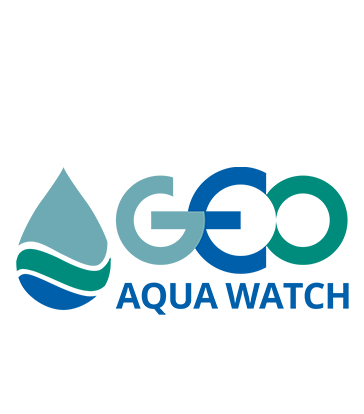| Introductory Webinar: Monitoring Aquatic Vegetation with Remote Sensing |
July 12, 14, & 19, 2022
11:00-12:30 EDT (UTC-4)Aquatic vegetation (AV) provides a habitat for numerous small invertebrate and fish species. Kelp forests, for example, are the dominant coastal ecosystem in temperate waters. The presence of AV in coastal waters is a normal occurrence, as it is an important component of the natural marine environment. Nevertheless, in the last decades, the appearance of increasingly abundant mats of certain floating species in other coastlines (i.e., Caribbean/Atlantic) has become a nuisance to local economies. Sargassum mats, for example, are reaching coastal areas by tons every year and there is still not a clear hypothesis as to why this is happening. While these mats provide an important habitat for small invertebrate and fish species, they also affect the amount of light reaching shallow-water ecosystems like coral reefs and seagrass beds. Several NASA-funded efforts are currently using remote sensing techniques to monitor the presence of Sargassum in Caribbean and Atlantic waters, while others have a citizen science-oriented approach to follow giant kelp populations in the Pacific. This training will combine basic information on the remote sensing of AVs, spectrometry of aquatic/coastal vegetation, and a demonstration of the NASA-funded Floating Forests citizen science tool.
|
| Webinar Introductorio: Monitoreo de la Vegetación Acuática con Teledetección |
Los días 12, 14, y 19 de julio de 2022
14:00h a 15:30h horario este de EE.UU. (UTC-4)La vegetación acuática (AV por sus siglas en inglés) sirve de hábitat para numerosas especies de invertebrados y peces pequeños. Los bosques de kelpo, por ejemplo, son el ecosistema costero dominante en aguas templadas. La presencia de AV en aguas costeras es una ocurrencia normal ya que es un componente importante del ambiente marino natural. Sin embargo, en las últimas décadas, la aparición de mantos cada vez más grandes de ciertas especias flotantes en otras zonas costeras (p.ej, el caribe, el atlántico) se ha convertido en un estorbo para las economías locales. Esta capacitación combinará información básica sobre la teledetección de la AV, espectrometría de la vegetación acuática/costera y una demostración de la herramienta de la ciencia ciudadana fundada por la NASA, Floating Forests.
|
